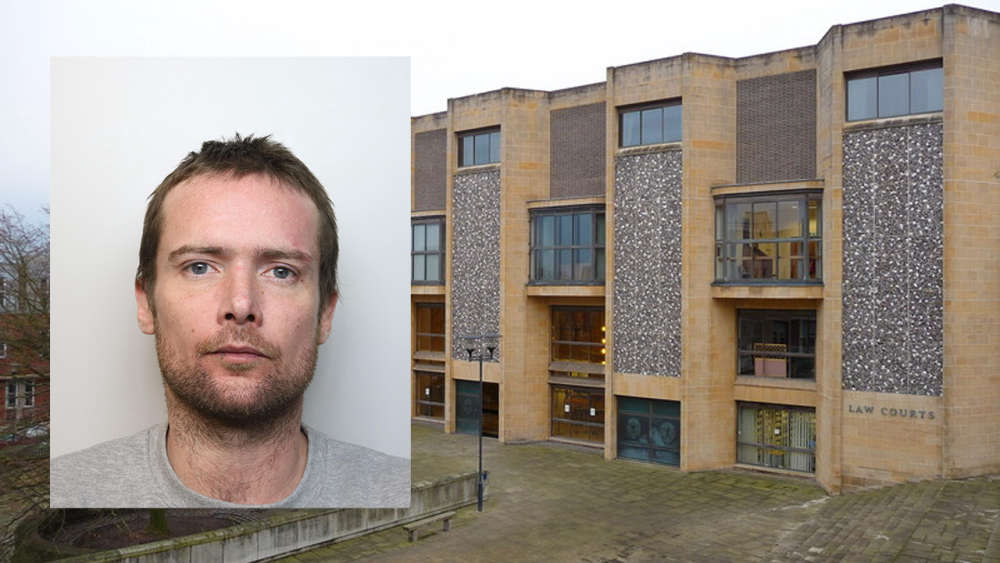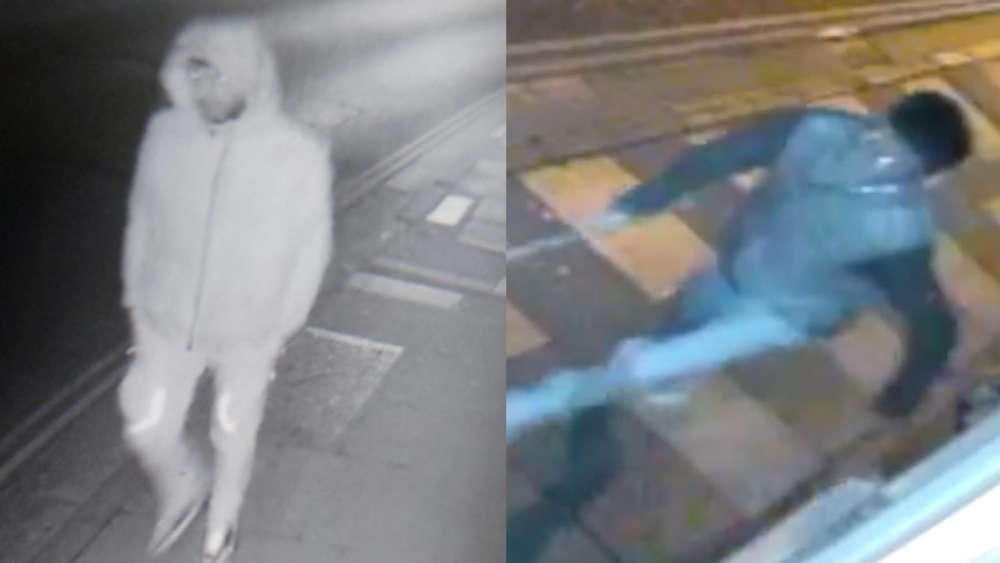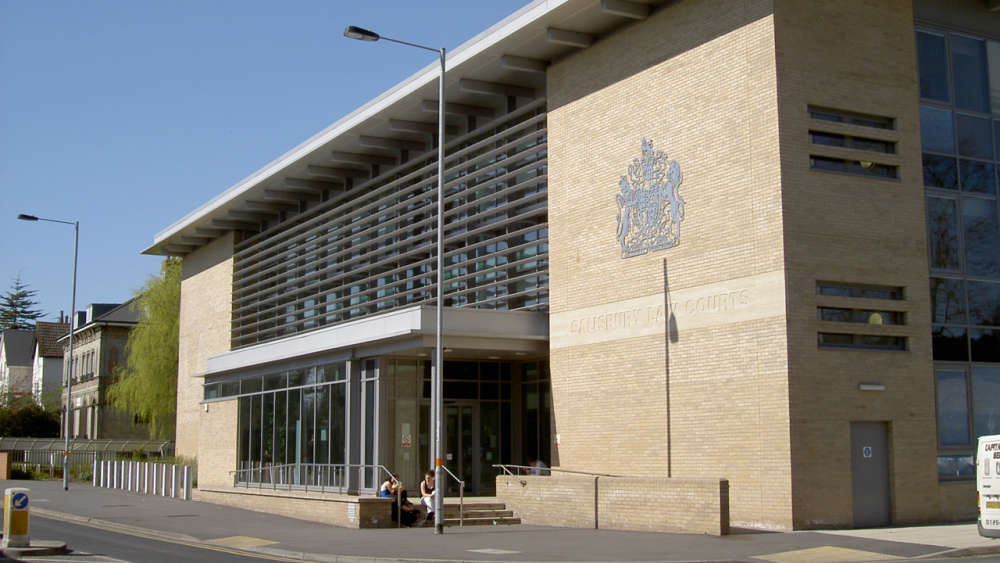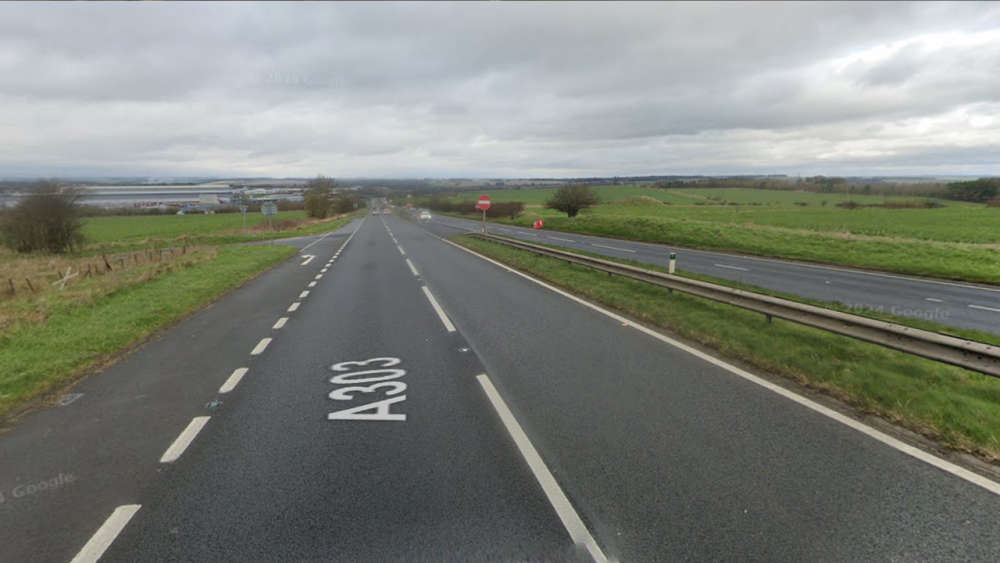A man who broke into a 71-year-old woman’s house and subjected her to a terrifying rape more than 40 years ago has finally faced justice thanks to a combination of detailed detective work and advances in scientific technology.
Kenneth Wells, 63, of Verona Road, Salisbury, appeared at Winchester Crown Court today (4th October 2021) and was jailed for 15 years after previously pleading guilty to burglary, rape and false imprisonment. He was also sentenced to an additional six years on licence and it will be ten years before a parole application is considered.
He was arrested in June of this year after officers from the Major Crime Investigation Team reopened the cold case into a horrifying crime which took place back in 1980.
In the early hours of 6th November 1980, Violet Brown, who was 71 and lived alone in her home in Collingbourne Ducis, was woken by the sound of a man breaking into the house and coming into her bedroom.
This man was Wells, who then raped her before leaving the property and locking her inside.
Ms Brown eventually managed to make her way downstairs, but was unable to get help due to the fact that the phone lines had been cut and the front door locked, so she sat in a chair and waited until morning.
At around 8.20am the postman found her there and alerted her neighbours and the police.
Wells was arrested shortly after the incident and remained the prime suspect, but there was never enough evidence to lead to a charge.
However, the file remained with Wiltshire Police and was re-examined over the years to see if there were any potential new leads.
Last summer, officers from the Major Crime Team reopened the cold case and re-examined the original investigation.
Using the latest in DNA technology, they were able to confirm a direct match between the evidence recovered from the original scene and Kenneth Wells.
On 29 June 2021, he was arrested at his home address in Salisbury, and, thanks to early consultation and engagement with the Crown Prosecution Service, he was subsequently charged with burglary, rape and false imprisonment, and remanded in custody.
Sadly, Ms Brown died in February 1996, at the age of 87, without seeing her attacker brought to justice.
Senior Investigating Officer Detective Chief Inspector Darren Hannant, from the Major Crime Investigation Team, said, “There is no doubt that this horrendous attack had a lasting impact on Ms Brown, who had to live with the memory of this traumatic incident for the rest of her life. She was never comfortable in her own home after the attack and moved out a short time later; the effect on her quality of life was significant.
“Despite the fact that she is no longer alive, she has been at the forefront of all of our minds throughout this investigation, and we have been determined to crack this case to finally ensure the man responsible was arrested, convicted and jailed.
“We appointed a family liaison officer to ensure her relatives were fully informed at every stage, and I want to thank them for their support. I hope this result provides them with some closure.
“On that night back in 1980, Wells committed a truly despicable crime and probably thought he had got away with it. But no unsolved serious case is ever completely closed; we work hard to review and assess for opportunities in cold cases and I am proud that we have finally been able to convict Wells and see him pay the price for what he did".
Major Crime Investigating Officer Gary Crisp commented, “In many ways, this case has been about joining together the old-fashioned meticulous detective work of the team who initially worked on the investigation back in 1980, with the modern-day advances in scientific discovery.
“That said, our first job was to locate the paperwork from 1980 and trawl back through all the statements, documents and samples taken at the scene and work out what evidence we had.
“Interestingly, the police officers working at the time collected forensic samples without really realising the importance of what they had. Back then, DNA was not yet a tool for police officers to use, so they would have collected the sample in case of hair or clothing fibres. But, when you fast-forward to today, not only do we have the advantage of DNA, but our technology is now so advanced, that we could prove it was a direct link to Kenneth Wells and nobody else.
“We know how much of an impact this horrendous crime had, not only on Violet, but on every single officer involved in the case back then, the horrible nature of this crime really stayed with them. So it was an honour to pick up this case and see it through to a conviction".

 Man jailed for 28 months following stabbing in Amesbury
Man jailed for 28 months following stabbing in Amesbury
 City Council announces plans for Armed Forces Day
City Council announces plans for Armed Forces Day
 Highest Score Arcade Announces Exciting Easter Events For All Ages
Highest Score Arcade Announces Exciting Easter Events For All Ages
 Man charged with attempted murder following serious crash in Salisbury
Man charged with attempted murder following serious crash in Salisbury
 Police looking for pair after attempted burglary on Catherine Street
Police looking for pair after attempted burglary on Catherine Street
 Man sentenced after Durrington disorder
Man sentenced after Durrington disorder
 Fun packed Easter Holiday fun at Army Flying Museum
Fun packed Easter Holiday fun at Army Flying Museum
 Child suffers life-threatening injuries in collision on A303
Child suffers life-threatening injuries in collision on A303










